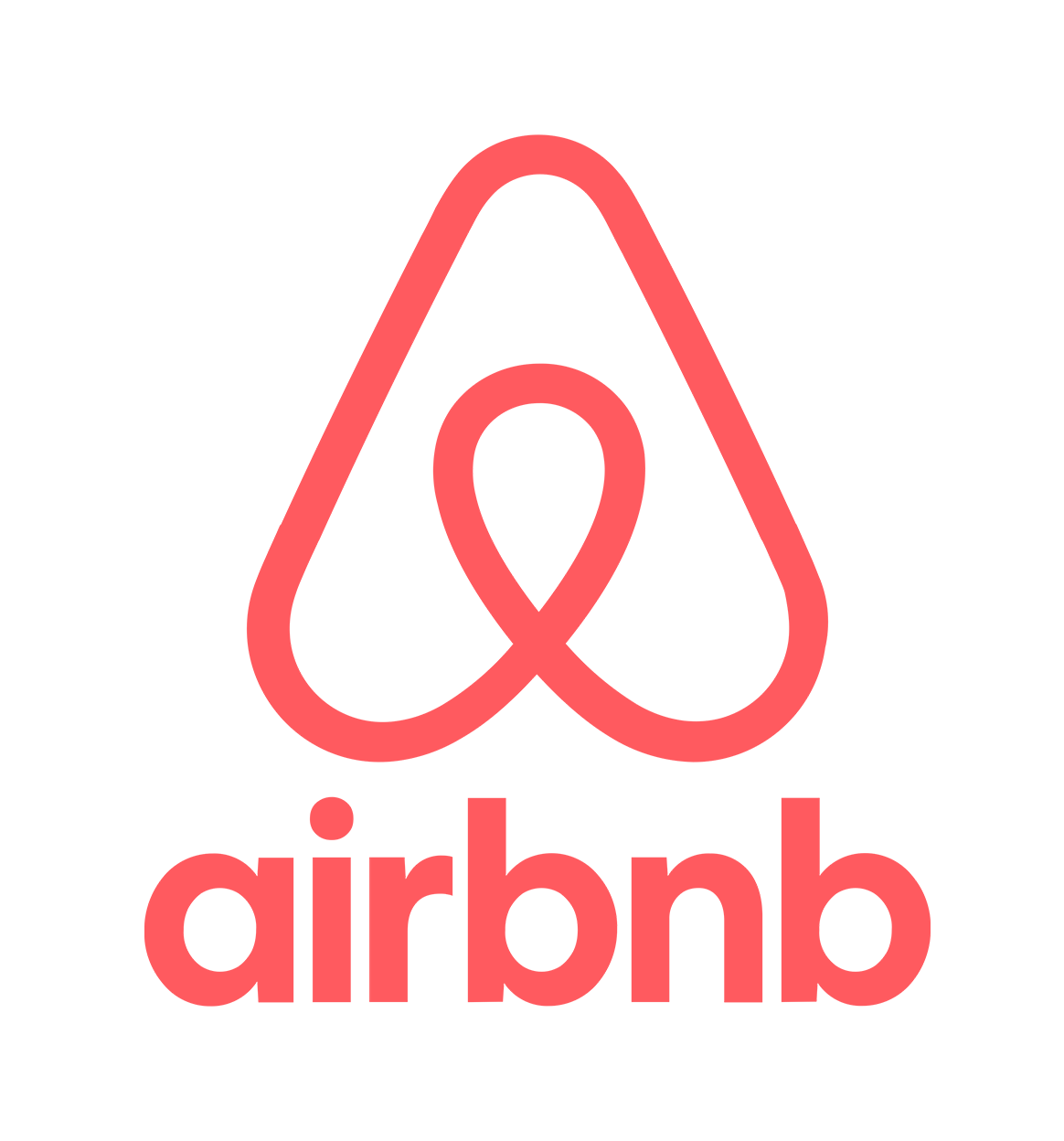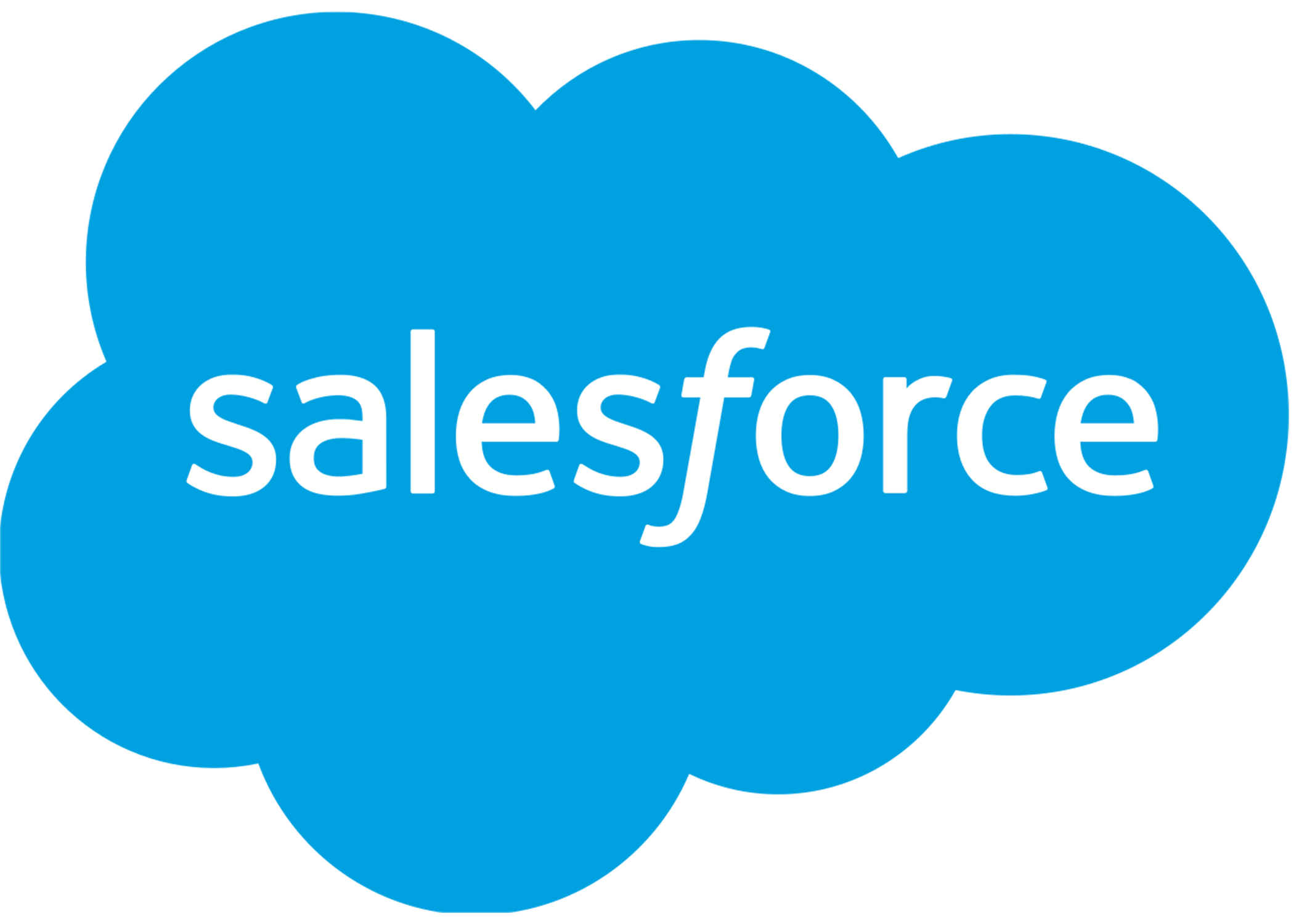
Mission: To connect the world"s professionals to make them more productive and successful. When you join LinkedIn, you get access to people, jobs, news, updates, and insights that help you be great at what you do.
Vision: To create economic opportunity for every member of the global workforce.
How many active members does LinkedIn have right now?
What is the business model at LinkedIn?
How would you design an A/B test for the homepage?
Given a random generator that produces a number 1 to 5 uniformly, write a function that produces a number from 1 to 7 uniformly
SQL, coding (R/Python), product case, machine learning, and stats.
What is the optimization problem for a SVM?
Describe a previous project.
How can you help to improve sales given a LinkedIn database?
What product metrics do you construct? How do you tell if your experiment is successful?
How many lines do you think a user"s daily login table has?
SQL question about joining two tables with some conditions.
Come up with some of the factors that could be used to produce certain algorithms ("people you may know," and an algorithm to discover when a person is starting to search for new job).
Basic data mining questions, including the concepts of classification and clustering
NLP questions, like named entity extraction,
Data mining questions, like SVM
Sampling question which is quite similar to Reservoir sampling.
Talk about a product that you want to build at LinkedIn
Generating a sorted vector from two sorted vectors.
Design recommendation engine for jobs.
Stage 1: Phone screen with recruiter
Stage 2: Technical phone interview Questions are mostly about SQL, R, case study, and programming ability.
Stage 3: Onsite interview The onsite interview lasts about 5 hours and usually consists of 4 rounds -- 2 coding (data structure and algorithms; 2 questions per round), 1 system design round, and 1 manager (behavioral) round. Questions are mostly focused on A/B, stats/probability, data analysis ability, and experience sharing.








Pathrise is a career accelerator that helps people land their dream jobs. We regularly place our fellows at top companies like Apple, Amazon, and Meta. Our mentors have experience at companies like Apple, giving fellows the inside scoop on interview and company culture in 1-on-1 sessions.
We can’t guarantee you a job at a specific company like Apple. But we do guarantee you a great job–if you don’t accept an offer in 1 year, you pay nothing. Our income share agreement means you only pay with a percentage of your income at your new role.
Mentors work with fellows at every stage in search, helping them build the skills necessary to be the best candidate possible. Fellows in Pathrise usually see a 2-4x increase in application response rates, 1.5-3x increase in interview scores, and 10-20% increase in salary through negotiation.